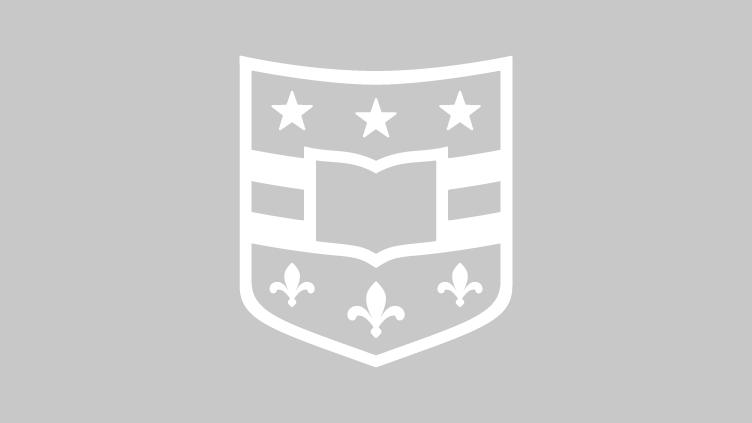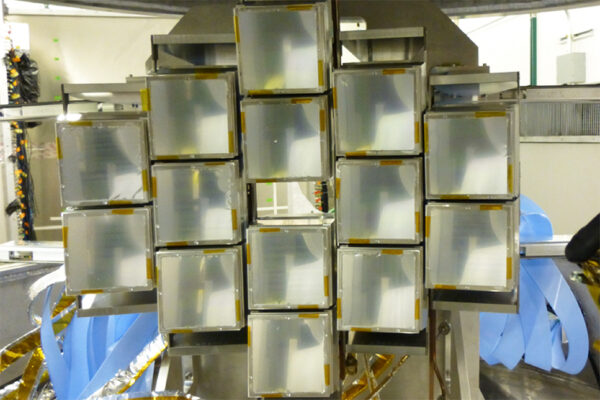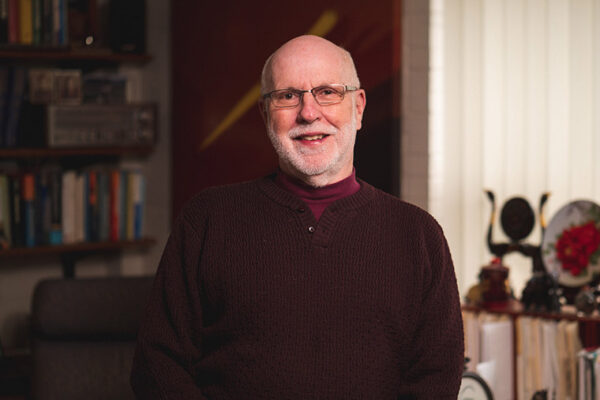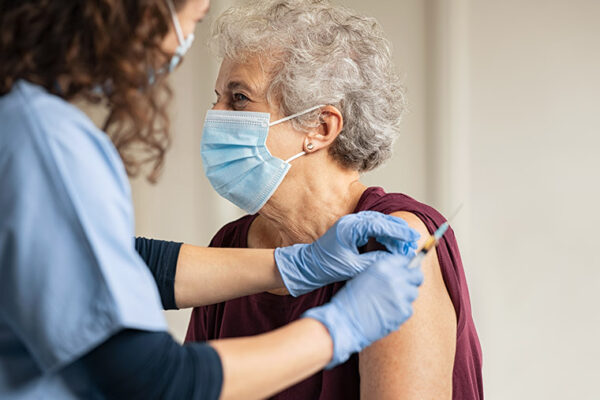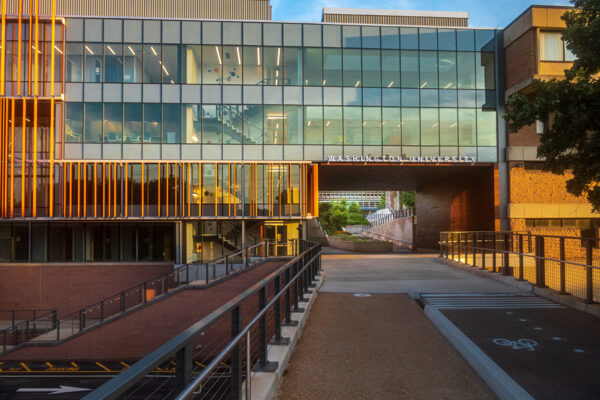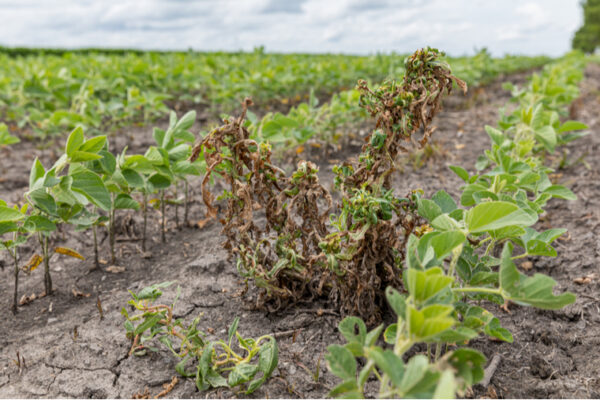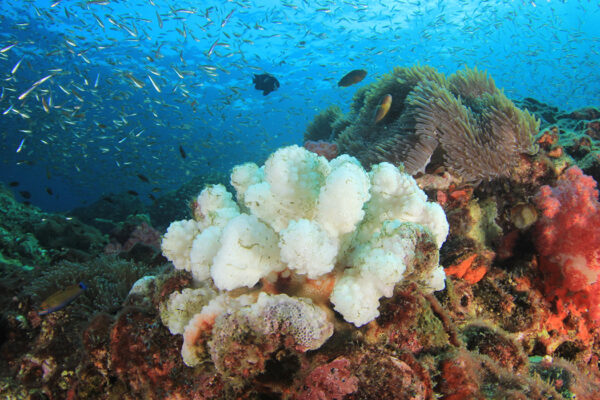Fike receives NSF geobiology grant
David Fike, professor of earth and planetary sciences and director of environmental studies, both in Arts & Sciences at Washington University in St. Louis, won a $98,406 EAGER Grant from the National Science Foundation for a project in geobiology and low-temperature geochemistry.
Graduate student wins NIH fellowship
Macy Sprunger, a graduate student in Meredith Jackrel’s lab in the Department of Chemistry in Arts & Sciences at Washington University in St. Louis, won a three-year $136,560 National Research Service Award from the National Institute of Neurological Disorders and Stroke of the National Institutes of Health (NIH). Such fellowships support predoctoral students conducting research in scientific health-related fields.
Researchers observe new isotope of fluorine
The fluorine isotope is the fifth new isotope that Robert J. Charity, research professor of chemistry in Arts & Sciences, and Lee G. Sobotka, professor of chemistry and of physics, have discovered together. They reported their observations in the journal Physical Review Letters.
Orange is the new ‘block’
New research from Washington University in St. Louis reveals the core structure of the light-harvesting antenna of cyanobacteria — including features that both collect energy and block excess light absorption. Orange carotenoid protein plays a key protective role, according to Haijun Liu, research scientist in chemistry in Arts & Sciences at Washington University in St. Louis.
A recipe for protein footprinting
By publishing their method in the journal Nature Protocols, chemists including Michael Gross, who has a joint appointment in Arts & Sciences and the School of Medicine, have opened doors for fellow scientists to better address research questions related to Alzheimer’s disease, the COVID-19 pandemic and more.
Building better vaccines for the elderly
Meredith Jackrel, in Arts & Sciences, studies protein misfolding and how it leads to disease. She is collaborating with Jai Rudra at the McKelvey School of Engineering to develop amyloid-inspired vaccine technologies specifically tailored for seniors. The approach could be relevant to COVID-19 as the elderly are particularly susceptible to its severe complications.
Bryan Hall recognized with 2020 Merit Award in Architecture
The American Institute of Architects St. Louis recognized Washington University in St. Louis’ Bryan Hall with a 2020 Merit Award in Architecture. Bryan Hall had at one time housed office and lab space for the McKelvey School of Engineering. It was transformed into additional research space for the Department of Chemistry in Arts & Sciences.
Hydrogen bonds may be key to airborne dicamba
Research from the lab of Kimberly Parker in the McKelvey School of Engineering at Washington University in St. Louis has discovered the mechanism that keeps formulations of the herbicide dicamba from going airborne. And they consider why it sometimes fails.
Pappu, collaborators awarded $7.5 million MURI award
Rohit Pappu, a professor in the McKelvey School of Engineering at Washington University in St. Louis, is part of a multi-institutional team awarded a $7.5 million MURI grant to study and engineer membraneless organelles.
Teaching high school chemistry with real-world examples
Michael Wysession, professor in earth and planetary sciences, and Bryn Lutes, a lecturer in chemistry, both in Arts & Sciences at Washington University in St. Louis, believe that high school students will learn chemistry better when they crunch actual climate data, rather than memorize the periodic table by rote. They helped write a national chemistry curriculum that is loaded with real-world examples — like ocean acidification — and is already being rolled out by school districts in Los Angeles and other parts of California.
Older Stories
